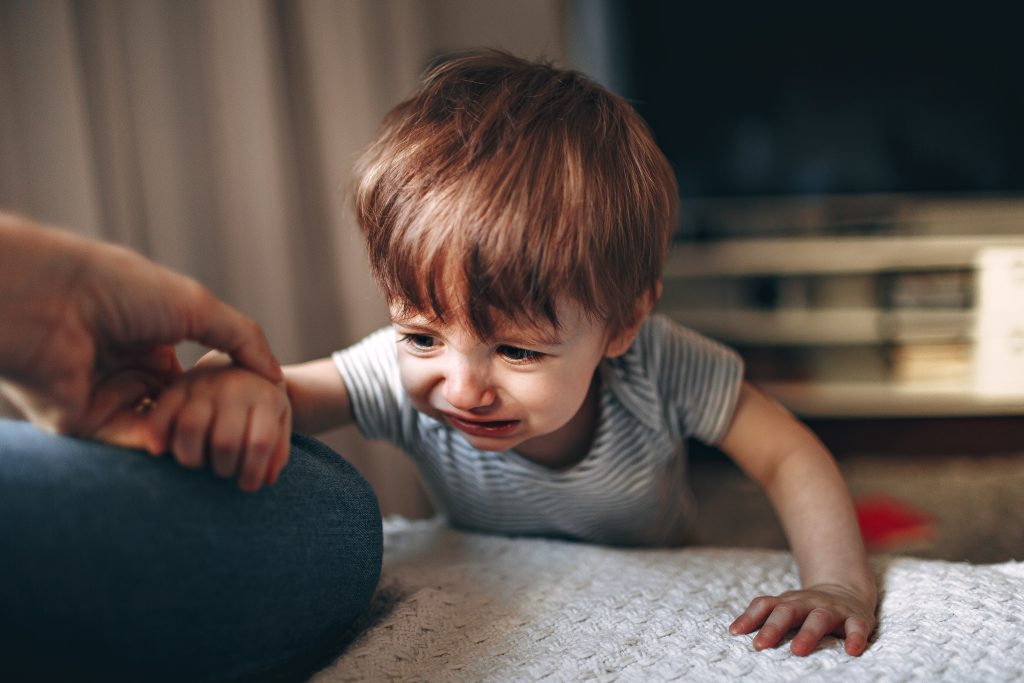Affiliate Disclosure: This post may contain affiliate links. This means we may earn a commission if you make a purchase through these links. This is at no extra cost to you. We only recommend products and services we truly believe in. Your support helps us keep the site running! Thank you.
A non-accidental injury (NAI) or non-accidental trauma (NAT) is when a child suffers a injury intentionally.
With this in mind, I’m writing about something different to usual. But it’s a topic that needs to be spoken about as more and more parents of hypermobile children are being accused of hurting their children.
Sadly, non-accidental injuries are often cited as the cause of injuries in children who have hypermobile Ehlers-Danlos syndrome, Ehlers Danlos syndrome (EDS), hypermobile spectrum disorder (HSD), or osteogenesis imperfecta (OI). But in almost all cases, these children won’t have a diagnosis of one of these conditions. In fact, their parents may have no idea that their child could have one of these conditions or that they likely do too.
I plan to make this the first in a series of posts about this topic to help support you through what will be one of the worst times of your life.
Hypermobility & child abuse
So, why are the parents of hypermobile children often accused of abusing their children?
Well, it’s because hypermobility and the conditions mentioned above can cause some serious symptoms. The ones most likely to incriminate a parent are bruising and fractures.
I’ve touched on the connection between hypermobility and fractures before. However, this link is mostly evidenced in adults. Research into the link between hypermobility and broken bones in children is scarce and many medical professionals don’t want or don’t believe that hypermobility and fractures go hand in hand..
Then there’s bruising. Unexplained bruising, bruising in non-mobile infants, and repeated bruising looks suspicious to professionals and can quickly lead to a false accusation of abuse.
As a result of these symptoms, parents find themselves being accused of the unthinkable and even having their children removed from them.

High profile cases of parents accused of non-accidental injuries
It’s not known how many parents are accused of abuse due to their child being hypermobile and/or having EDS. In both the UK and US family law cases are typically private.
The privacy of family law cases is important for several reasons. First, it helps to protect the parties from embarrassment and harassment. Second, it helps to protect the children involved in the cases from being unnecessarily exposed to the public eye. Third, it encourages the parties to be more open and honest with each other and with their legal representatives, which can lead to more amicable resolutions.
Despite this, the courts do grant permission for the details of some cases to become public. All parties will agree to these before any information is publicly released.
Let’s take a look at some of them:
Baby Effie
Effie’s parents Craig Stillwell and Carla Andrews were accused of causing a bleed on Effie’s brain. Effie was removed from the parents’ care, as a result and her dad was accused of GBH. During proceedings, Effie was diagnosed with Ehlers-Danlos syndrome type IV. The case against their parents were dropped and she was returned to their care after almost 8 months.
The Brooks Twins
D’rontae and Arianna Brooks’s twins were removed from their parents care for almost 11 months. When the twins was babies, doctors found more than 30 healing fractures on each twin’s body. Experts called in their court case said that the twins could have Ehlers Danlos Syndrome Hypermobility Type (hEDS). However, it was another 6 months until the children were returned to their parents.
Bria and Andrew Huber
In 2012, doctors discovered that Bria and Andrew Huber’s child Kenley has a leg fracture along with multiple other healing fractures. Andrew Huber was accused of causing them and was arrested for child abuse. Both Bria and Kenley were subsequently diagnosed with EDS and the family were eventually reunited.
The EDS twins
The case Devon County Council v EB & Ors [2013] EWHC 968 (Fam involved twins born to a mother with EDS and a father with joint hypermobility. The twins were removed after being found to have fractures and intra cranial bleeding. The couples third child was born during proceedings. The child suffered a skull fracture with little impact which highlighted how EDS causes easy fractures. The children were returned home to their parents following court proceedings as the judge could not rule out the parents’ medical conditions causing their injuries.
What parents accused of non-accidental injury must do
The first thing you must do when you’re accused of causing a non-accidental injury to your child is hire a solicitor/attorney that specializes in non-accidental injuries. You may have a local legal team recommended to you. But you should avoid these as they’re unlikely to be specialists. There’s even a good chance that they’re worked closely with the accusing party before.
Read the next post in this NAI series: Metaphyseal Fractures & Hypermobility: A Link Not To Be Ignored
Finding the cause of your child’s non-accidental injury
Then it’s time to do your homework. Your legal team can only help you based on the information you give them. If there’s even the slightest possibility that you child has hypermobility, EDS, hEDS, or similar, make it known now.
Signs of hypermobility in an infant or child include:
- Blue sclera (blue tinge to the whites of the eyes)
- GI issues
- Reflux
- Unexplained/repeated bruising
- Clicky joints
- Clumsiness/frequent falls, bumps, and knocks
- Joint pains, particularly in the legs
- Fatigue
- Skin that splits easily
- Hyperpigmentation marks
- Toileting issues – frequent urination, trouble potty training
- Low muscle tone
- Floppy/weak (babies)
- Sits in ‘W’ position
- Issues with handwriting, holding pencils, etc
Remember, hypermobility is a spectrum disorder. Your child might have all, most, or just a few of these symptoms.
You must also consider your family history. Hypermobility is passed on via our genes. When one parent has hypermobility, the chance of the child having it is 50%. This increases to 75% when both parents are hypermobile.
For this reason, consider any strange or unidentified medical problems you and your child’s other parent has. This might be unexplained bruising, frequent dislocations, unexplained joint pain, crowded teeth, heart palpitations, and similar.
It can help to get access to the full medical records dating back to when you were a child. There may be things in there you don’t remember/aren’t aware of that could help you get a diagnosis of hypermobility. Once you’ve got this, the possibility of your child having hypermobility increases and your legal case strengthens.
What to expect
So, you’ve found yourself being accused of injuring you’re child. It’s natural to want to know what happens next. Unfortunately, there’s no simple answer to this question. Every area and local authority deals with these cases differently.
However, you may:
- Be arrested and interviewed.
- Be asked to attend a voluntary interview under caution.
- Have your children removed from your care. They may be placed with foster carers or a family member or friend may be asked to look after them.
- Asked to live with a family member who will supervise you caring for your children.
- Have appointments with multiple health care experts, such as a paediatrician and geneticist.
- Undergo psychological assessments.
- Go to court and give evidence.
- Work closely with social workers.
- Face criminal proceedings.
- Face family court proceedings.
- You may be suspended from your job while the investigation is underway. This is most likely to happen when you work in a role alongside vulnerable people. For example, as a teacher, nurse, or carer.
- Adhere to visitation orders.
Getting support
Understandably, being accused of a non-accidental injury is gruelling and the things you’ll go through as part of the process are tiring, stressful, and draining.

It’s essential that you have a good support network around you.
Things you should do to ensure this include:
- Hiring a specialist NAI attorney (US)/ solicitor (UK) that you connect with and that has a reputation for getting great results in NAI cases.
- Speaking regularly to your family and friends.
- Let your boss and close colleagues know what’s going on.
- Connect with other parents who have been accused on causing non-accidental injuries to their children. This may be via an online forum, Facebook group, or in person.
This is just an overview of the non-accidental injury process. If you have any comments, please add them below.

